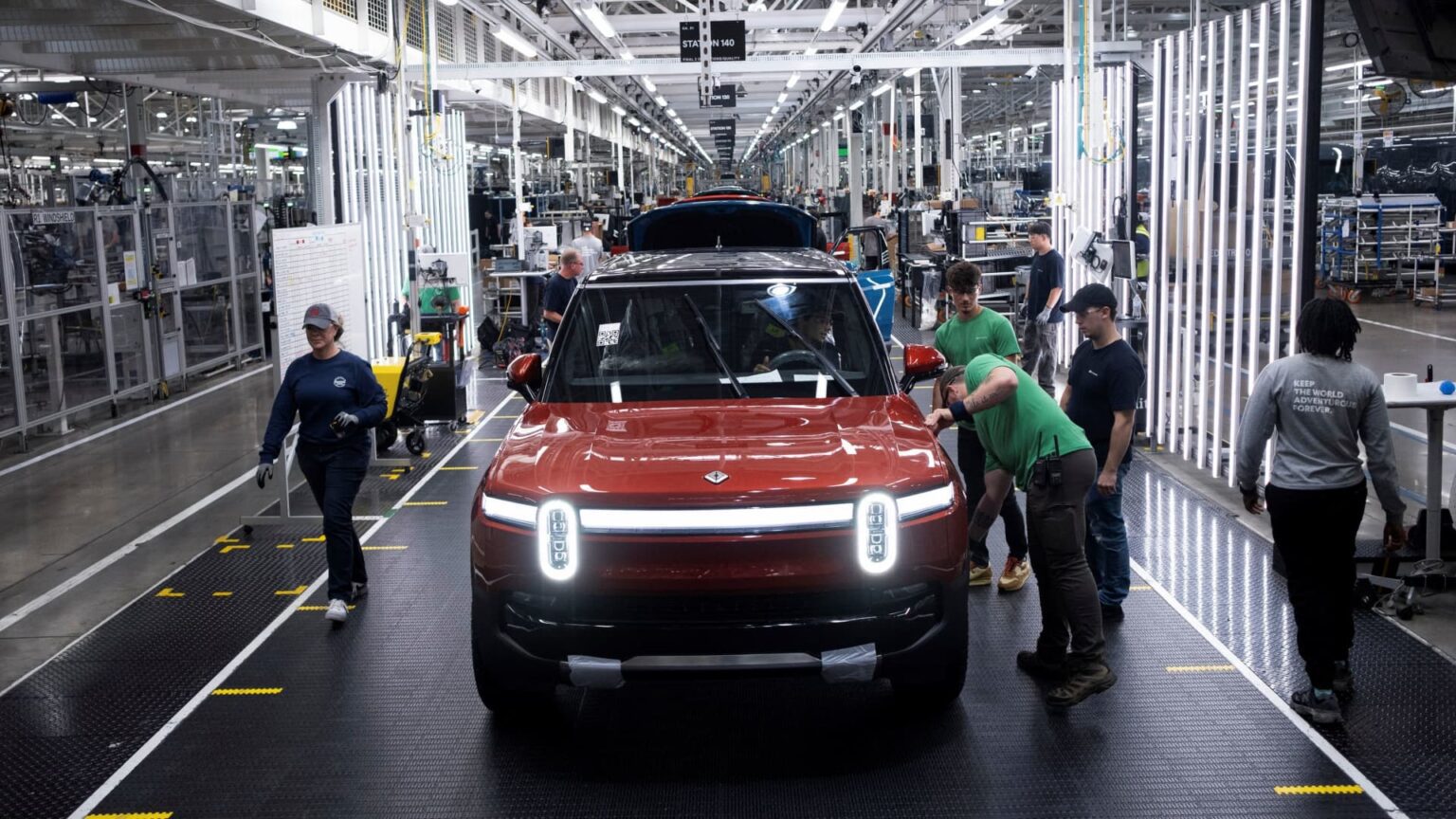Rivian Automotive’s First Quarter Results and Future Outlook
On June 21, 2024, Rivian Automotive, a key player in the electric vehicle sector, announced financial outcomes that surpassed Wall Street forecasts for the first quarter of 2025. The company also confirmed targets related to earnings for 2025, while revising down its expectations for vehicle deliveries and capital expenditure due to external economic pressures.
Financial Performance Highlights
Rivian reported:
- Loss per Share: 41 cents—better than the anticipated 76 cents.
- Revenue: $1.24 billion—above the expected $1.01 billion.
Another noteworthy achievement was the attainment of a gross profit of $206 million for the first quarter, showing a positive trend from the $170 million recorded in the previous quarter.
Challenges and Adjustments
Despite its strong performance, Rivian acknowledged the impact of global trade dynamics. In a statement made in its quarterly letter to shareholders, the company emphasized that it is “not immune to the impacts of the global trade and economic environment.” This has resulted in the revision of its delivery forecasts, reducing the range from 46,000-51,000 units to 40,000-46,000 units.
Additionally, Rivian’s expected capital expenditure has been adjusted upwards from $1.6 billion to between $1.8 billion and $1.9 billion. CFO Claire McDonough highlighted that tariffs, notably a 25% tariff on specific imported auto parts, could add thousands of dollars to vehicle costs.
Liquidity and Investment
At the end of the first quarter, Rivian reported a robust liquidity position of $8.5 billion, inclusive of $7.2 billion in cash and short-term investments. This is bolstered by an increase in automotive regulatory credits, which contributed $157 million to revenues—approximately half of what was expected for the entire year.
The company is also set to benefit from a significant milestone in its relationship with Volkswagen Group, with which it has formed a $5.8 billion joint venture aimed at leveraging Rivian’s technology and software.
Future Prospects
Looking ahead, Rivian anticipates a lower production volume in the latter half of the year as it plans to temporarily halt operations to prepare for its forthcoming “R2” product line. This new project targets a more affordable $45,000 SUV aimed at rejuvenating consumer demand and expanding market reach.
As Rivian continues to navigate the evolving landscape of electric vehicles, it aims to achieve a “modest positive gross profit” while providing a clear outlook on its long-term goals for production and financial health.
Comparison with Industry Peers
In contrast to Rivian, Lucid Group also released its quarterly results, which included a loss of 20 cents per share against expectations of a higher loss. This highlights the competitive nature of the electric vehicle market, where both manufacturers are striving to establish a foothold amidst ongoing market fluctuations.
With its strategic adjustments and continued investment in innovation, Rivian aims to position itself favorably in the rapidly evolving automotive landscape.
